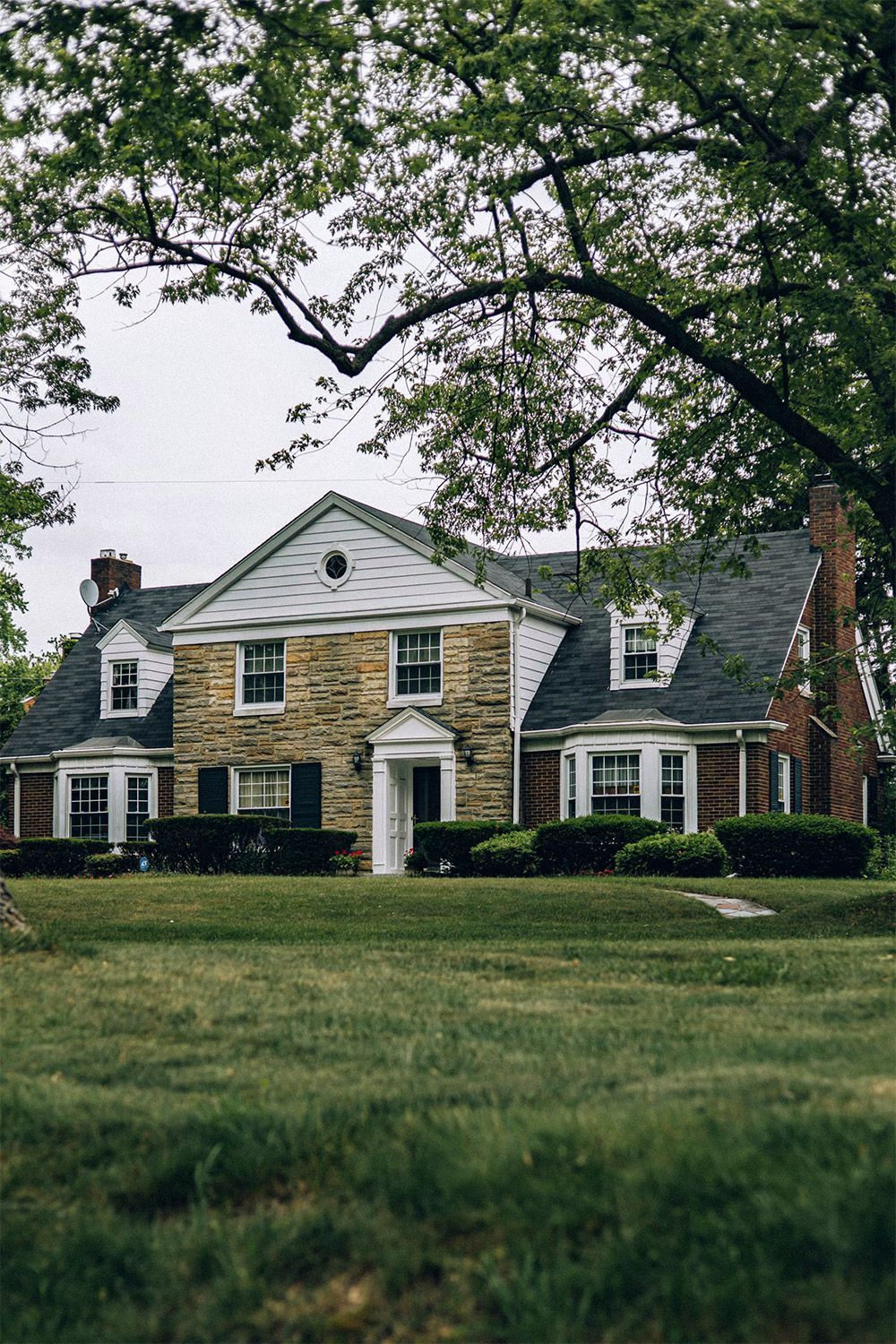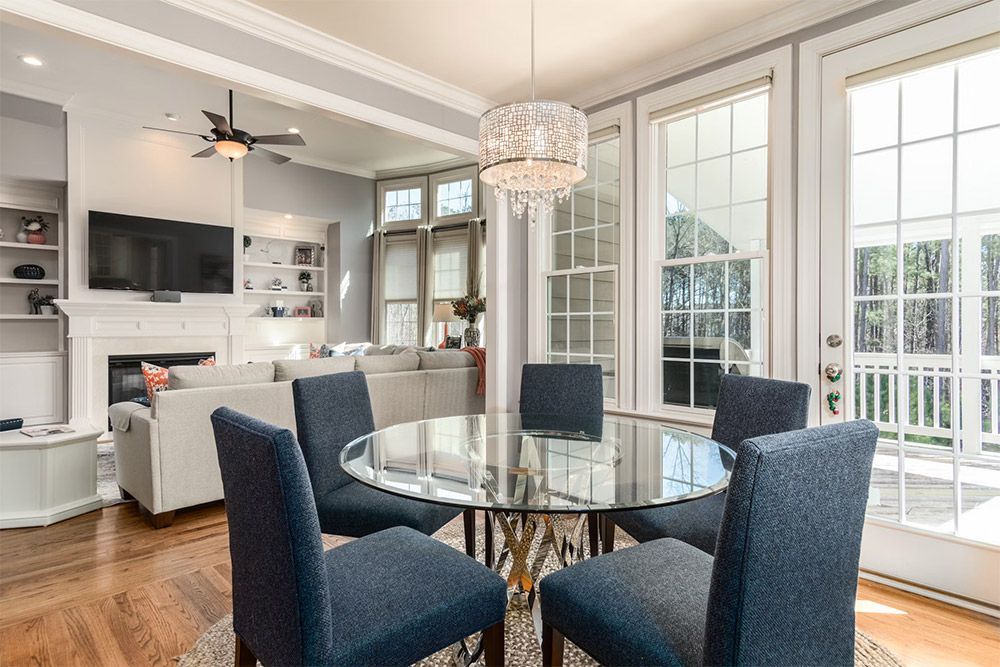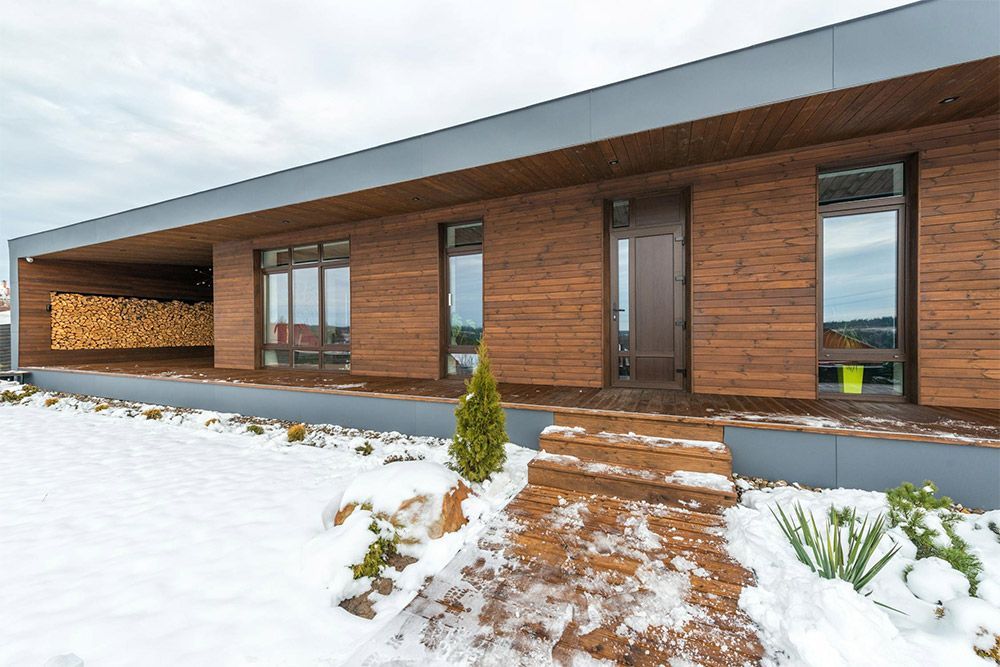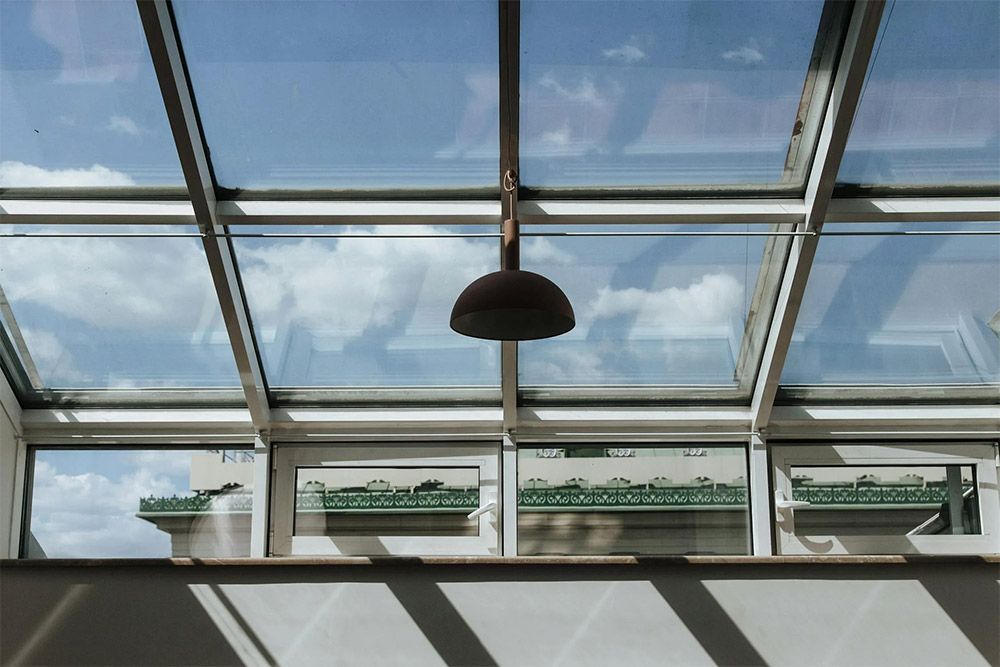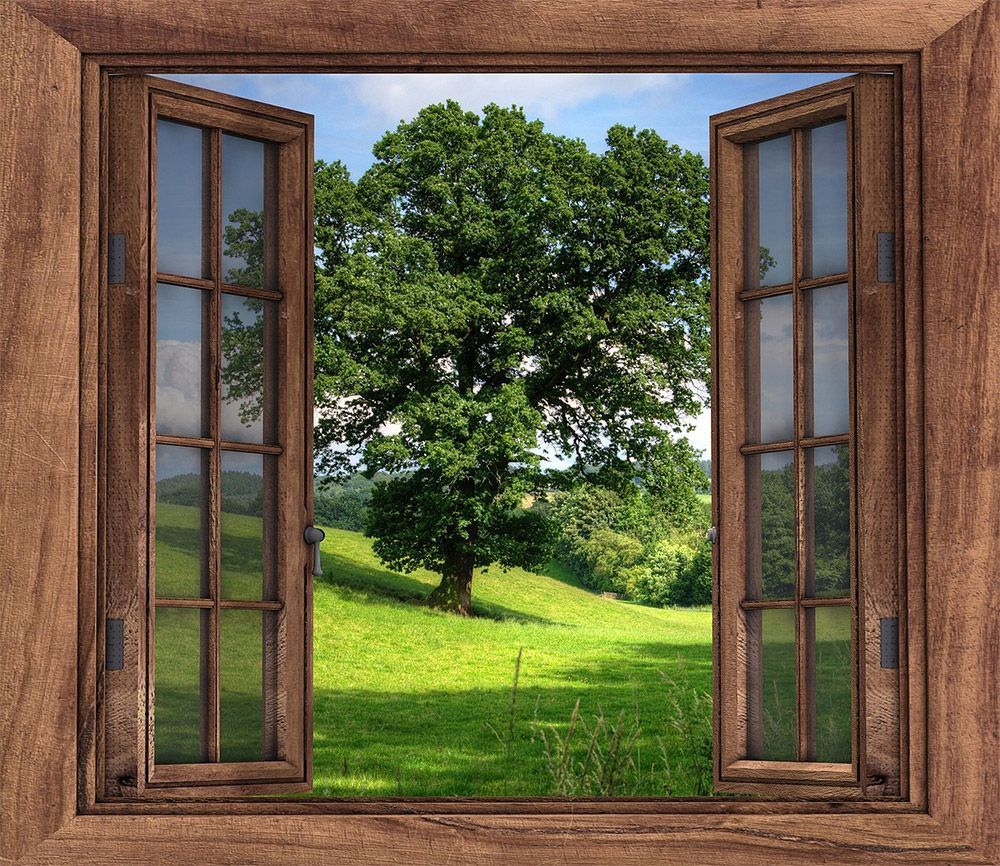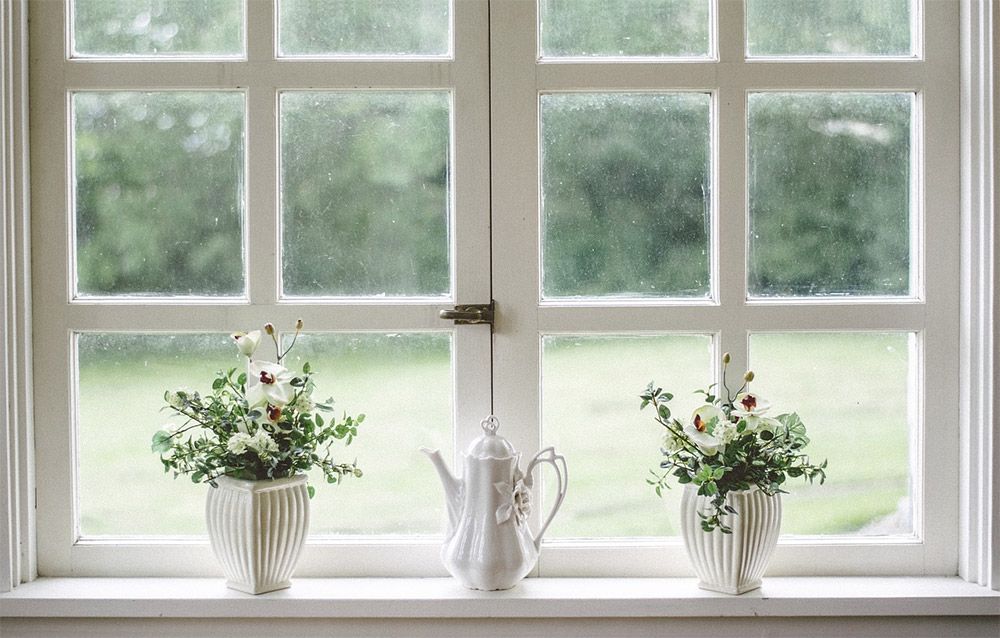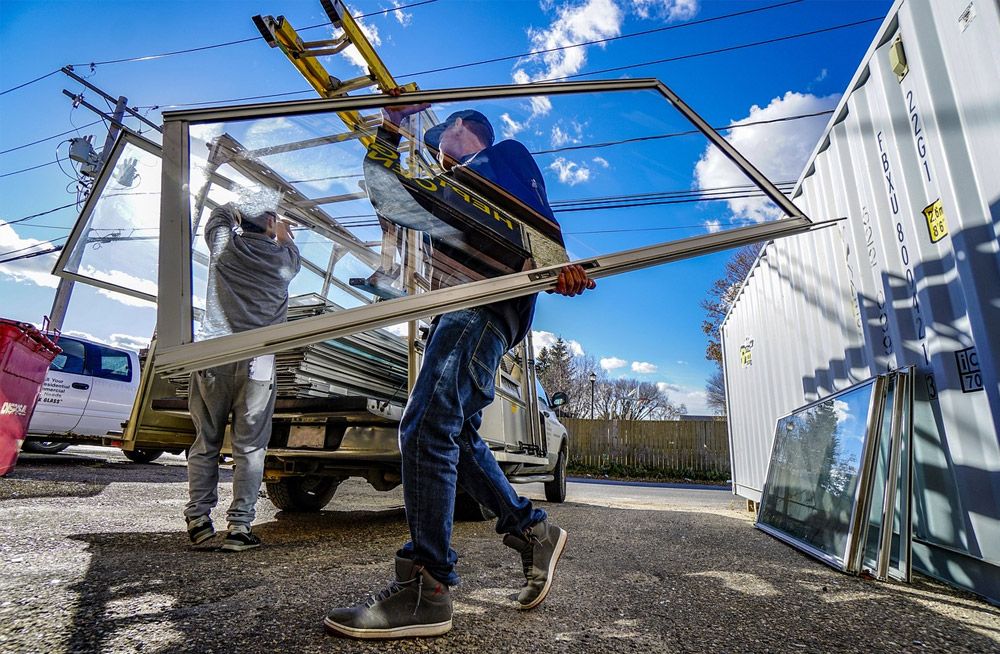How Long Does Siding Typically Last, and What Are the Signs It Needs to Be Replaced?
The siding of your home does a lot of things. It delivers a protective barrier against the elements, and protects against water infiltration. It also helps insulate your home and protects the underlying structure. It’s also an important aspect of the aesthetic appeal of your home, allowing homeowners to reflect their own personal style and enhance curb appeal.
All of that protection comes at a cost, especially in Colorado. This state’s unpredictable climate can throw a lot of different things at homeowners, making siding in Fort Collins an important consideration for any structure. The elements cause the most wear and tear on your siding, and its lifespan largely depends on the material that is used and the conditions it is exposed to. Generally, most siding should last multiple decades, with some materials lasting longer than others. However, even the most durable of sidings can get damaged and may need replacing.
What Siding Does for Our Homes
The main benefit of siding is the protection from the elements, as it defends against rain, snow, wind, and other environmental factors. It also prevents the water from those elements from seeping into the structure of our home. Most siding systems include a weather-resistant barrier and ventilation features that help manage moisture and prevent water from penetrating the exterior walls.
Siding also provides insulation, allowing us to maintain the proper temperature indoors more easily. Some types of siding can also lead to increased energy efficiency and reduced heating and cooling costs. It also insulates us from exterior noise, helping for a quieter and more comfortable indoors. It can also protect against insects, rodents, and other pests from infiltrating your home. The right siding can definitely enhance a home’s longevity, efficiency, and value.
What Are the Most Common Types of Siding?
Vinyl siding is one of the most common types of siding, and will typically last between 20 and 40 years. There is a wide variety of different types of vinyl siding, making it a versatile choice for a variety of situations. There are constant advances in the technology of how vinyl siding is made, which has helped some of the higher-end options become much more durable – giving them a lifespan of 40 years or more.
Aluminum siding can last longer than vinyl siding, with a typical lifespan between 30 and 50 years. Aluminum is very durable, and is generally pretty low maintenance. It doesn’t rust and can be recycled. While the durability is there, it can dent or scratch easily – particularly in areas that experience heavy hail storms. Colors can also fade, and it can be noisier than other options during those rain and hail storms.
Wood siding is another common, quality siding option, and it can come in a number of different styles and shapes. It can take the look of shingles, shakes, clapboard, and can also be comprised of engineered wood. This natural look is very attractive, and it can be stained or painted to increase the protection it provides. Wood is also a great natural insulator. However, wood requires more regular maintenance through painting and staining, and is more susceptible to pests, fire, and rotting. There are numerous other kinds of siding, as these are just a few of the popular choices. For more information on other types, talk to a trusted expert on siding in Fort Collins.
Warping, Rotting & Cracking
Warping and rotting is a very common issue with wood siding, but it can also impact other materials. Vinyl siding can warp or buckle – especially if it’s not installed properly. Warping can occur if the siding is nailed too tightly, preventing the siding from expanding and contracting due to temperature changes. Wood is the most susceptible, but it can be prevented with proper maintenance like regularly resealing and repainting the wood. If your siding becomes warped or begins rotting, it could also be a threat for structural damage. It can also signify that there has been some loss of the siding’s protective capability.
Cracking can also be a serious danger, as cracks or pieces of siding that have come loose is a gateway to allowing moisture and pests to enter. The introduction of water into the underlying structure can lead to much more significant problems. Cracks can happen due to extreme fluctuations in temperature, damage from impact, and simply aging. For vinyl siding, individual panels can be replaced relatively easily, while cracks in wood siding can be filled with wood filler or caulk. Severe damage may result in replacing the impacted boards. Regular inspections will help you identify cracks before the damage becomes too serious.
Watch for Fading or Peeling Paint
While fading or peeling paint may not directly cause structural issues, they can be a signal that your siding is reaching the end of its lifespan. Some vinyl sidings have UV inhibitors that can reduce fading, and regular cleaning can also help maintain vinyl siding’s appearance. Wood siding can take on a weathered or gray appearance if it fades, which is why it’s important to regularly paint or stain the wood to prevent it. Aluminum siding’s painted finish can lose its vibrancy, but it really doesn’t impact the aluminum. Minor fading is normal over time, especially in sun-filled climates like we enjoy in Colorado. However, severe fading that happens quickly may be an indication that the weatherproofing properties are diminishing.
While vinyl siding doesn’t peel because the color is integrated in the material, any painted or stained siding can be impacted by this. As mentioned before, wood siding needs to be regularly painted or stained to keep moisture from infiltrating the wood. This maintenance ensures good ventilation throughout the siding. No matter the type of siding, it is important to regularly clean and repaint the siding as necessary. Even for sidings like aluminum, it can drastically help keep up good appearance to maintain the aesthetic of your home.
Mold & Mildew Can Lead to Serious Damage
The appearance or growth of mold, mildew, or fungus can indicate that moisture is being trapped underneath the siding. Water or moisture is one of the biggest enemies of the structure of your home, and this is a great indicator that something is amiss. Dealing with mold or mildew promptly is very important, as it can spread very quickly. Be sure to inspect shaded areas, or any areas that have high humidity or dampness.
Proper sealing, painting, and staining will help protect wood siding from moisture, but it’s important to inspect and clean all types of siding. Cleaning vinyl siding with a mixture of water and soap or detergent can prevent and remove mold and mildew. Keeping the surface free of debris and other grime will prevent growth, and power washing can also be a thorough method of effectively removing this invasive issue from spreading. If you’re not sure if the mold has infiltrated beneath the siding and into the structure, check with a siding professional to inspect the area.
Check Out the Interior of Your Home, Too
Issues with your siding might not always manifest outside. While the biggest concerns are with the elements outside, there are indications indoors that can signal a problem. Peeling paint or wallpaper can suggest that moisture is penetrating through the siding. This can also manifest as visible water damage inside the home, and it should be addressed immediately. Along with the peeling paint, look for discoloration on the interior walls.
Once you know the impacted area inside the house, inspect the siding on the home’s exterior. Check for any visible signs of damage, cracks, or warping. Be sure to also look for any gaps or areas where the siding has pulled away from the house. Identify any leaks or moisture entry points, and repair or replace any part of the siding that is damaged. These repairs should be done by a professional to ensure the integrity of the home’s exterior will be maintained.
Keep an Eye on Your Energy Bill
If your energy bills are rising without a definite reason, it could be due to compromised siding. When areas of siding – either due to damage or normal wear and tear – become damaged or lose their integrity, it can diminish their ability to properly insulate. If that protective layer deteriorates, it can cause your heating and cooling systems to have to work harder to maintain the desired indoor temperature. That leads to higher energy consumption and increased energy bills.
Damaged or improperly installed siding can cause gaps and cracks where air can leak in and out of your home. These leaks can cause drafts within your home, making it more difficult to consistently keep your home warm in the winter and cool in the summer. Anything that compromises the seal between your insulation and the structure of your home can cause issues, so it’s important to keep an eye on your energy bills to see if there’s any unforeseen jumps in cost.
While your siding can last decades, there are definite dangers to it that can compromise its ability to do its job. For more information on the different types of siding and other issues to look for, reach out to the experts at Window & Siding Outlet Today.
VISIT US
Loveland Showroom & Office
3167 East Eisenhower Blvd #C, Loveland, CO 80537
Fort Collins - By Appointment Only
301 Boardwalk Dr Suite 272786, Fort Collins, CO 80525
SHOWROOM Winter Hours
Mon - Fri: 9:00 am - 4:00 pm
Saturdays: by Appointment only
OUR SERVICE AREAS
Fort Collins, Estes Park, Berthoud,
Greeley, Johnstown,
Longmont,
Loveland, Milliken,
Thornton, Wellington,
Westminster,
Windsor, Cheyenne WY and surrounding areas North of Denver,
Broomfield,
Louisville,
Cheyenne.
Website Design by Get Out There Media

